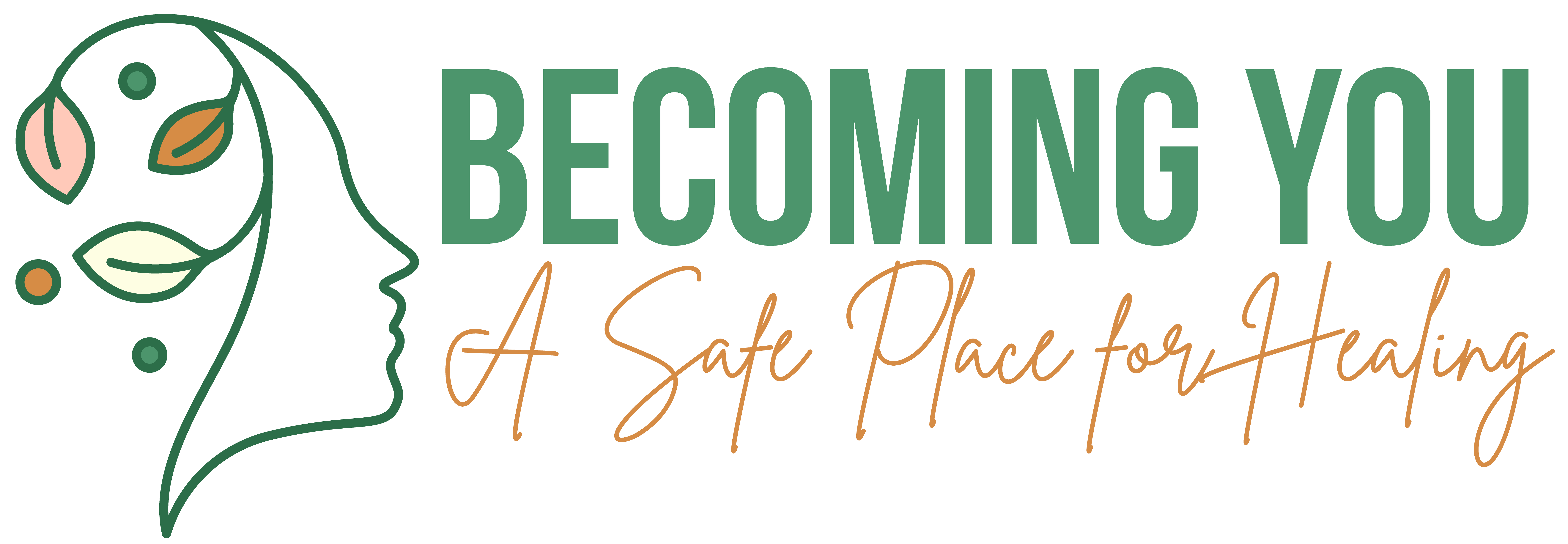DBT as a Therapeutic Tool to Empower Individuals with ADHD
Attention Deficit Hyperactivity Disorder (ADHD) is a neurodevelopmental disorder that affects individuals of all ages, impacting their daily lives in various ways. The core symptoms of impulsivity, inattention, and emotional dysregulation can pose significant challenges to those with ADHD. To effectively address these challenges, a holistic approach that combines behavioral and emotional interventions is crucial.
Dialectical Behavior Therapy (DBT) is an evidence-based approach originally developed for individuals with borderline personality disorder. However, its effectiveness in addressing emotional dysregulation and behavioral difficulties has led to its adaptation for other conditions, including ADHD [1].
DBT consists of four main components. Let’s take a look at how each one can benefit individuals with ADHD.
- Mindfulness: The practice cultivates present-moment awareness without judgment. For individuals with ADHD, mindfulness techniques can enhance attention and focus, helping manage distractibility. Techniques such as centered breathing, body scan meditation, mindful eating, and incorporation of mindfulness into other daily activities can significantly improve cognitive functioning.
- Emotional Regulation: Regulating emotions is a common struggle for individuals with ADHD. But, DBT can be an effective tool in learning to understand emotional triggers, utilize grounding techniques, and manage impulses. It equips individuals with strategies to help enhance self-control and reduce impulsive behaviors.
- Interpersonal Effectiveness: ADHD can impair social relationships and communication skills. DBT provides tools to enhance interpersonal effectiveness, such as active listening, conflict resolution, and assertiveness training. Learning to effectively express needs and boundaries fosters respectful communication and healthy relationships.
- Distress Tolerance: Individuals with ADHD often experience frustration and stress due to the challenges they face. DBT helps develop distress tolerance skills to help cope with difficult emotions and situations. Engaging in self-soothing techniques and incorporating healthy distraction are just a few ways that individuals with ADHD can learn to manage stress more effectively [2] .
So, how can individuals with ADHD incorporate these DBT components into their daily lives? Here are a few strategies to consider:
- Mindfulness: Incorporate mindfulness into daily activities, such as walking, brushing teeth, or doing chores. Try to stay present and aware of any sensations, thoughts, and emotions in the present moment.
- Emotional Regulation: Identify emotions when they come up by pausing and labeling them. Use grounding techniques such as deep breathing, or engaging all five senses, and explore healthy coping strategies like journaling or engaging in hobbies you enjoy.
- Interpersonal Effectiveness: Practice active listening by giving your full attention to others when they are speaking. Resolve conflicts by seeking win-win solutions, and express your needs and boundaries assertively using “I” statements.
- Distress Tolerance: Create a personalized distress tolerance toolbox consisting of items or activities that bring comfort. Engage in self-soothing activities such as deep breathing, taking a warm bath, or going for a meditative walk. Explore healthy distraction techniques such as reading, exercising, or spending time in nature.
Individuals with ADHD and their families can further integrate DBT techniques into daily life by following practical tips such as the examples listed below.
- Establish a consistent routine: A structured daily routine provides predictability and helps individuals with ADHD stay organized and focused.
- Use visual cues and reminders: Visual aids like calendars, to-do lists, and reminders can serve as helpful prompts for managing time and tasks effectively.
- Set achievable goals: Breaking tasks into smaller, manageable steps reduces overwhelm and increases motivation.
- Practice self-care: Engaging in activities that promote physical and mental well-being, such as exercise, adequate sleep, and fun hobbies, can improve overall functioning and emotional regulation.
- Foster open communication with family members: Creating an environment of understanding and honest communication helps build support systems and reduces feelings of isolation [2].
DBT offers a comprehensive and integrated approach for individuals with ADHD, addressing both behavioral and emotional aspects of the condition. By applying mindfulness, emotional regulation, interpersonal effectiveness, and distress tolerance strategies into daily life, individuals with ADHD can lead more balanced and fulfilling lives. If you or a loved one are seeking ADHD treatment, exploring DBT as a therapeutic tool may prove to be a valuable step towards empowerment and overall well-being.
Footnotes:
[1] Johnson, Jon. “Is Behavioral Therapy an Effective Treatment for ADHD?” Medical News Today, 25 May 2021, www.medicalnewstoday.com/articles/behavioral-therapy-for-adhd. Accessed 29 May 2023.
[2] J. Russell Ramsay, Ph.D. “DBT: The Emotional Control Therapy You Need Now.” ADDitude, 30 Apr. 2021, www.additudemag.com/dbt-for-adhd-dialectical-behavioral-therapy/. Accessed 29 May 2023.



